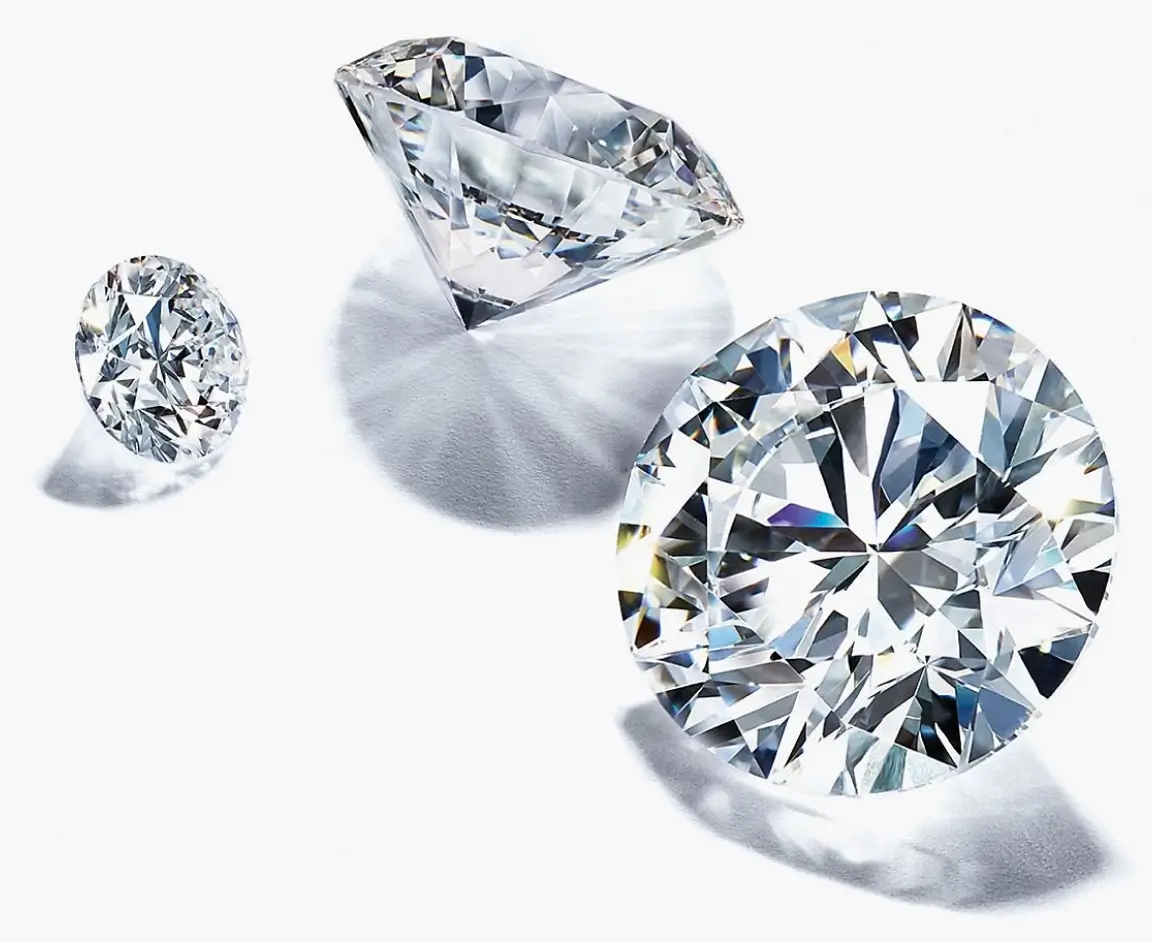Introduction
You’ve probably heard of lab-grown diamonds, the new players in the diamond industry. But what exactly are they, and how do they stack up against their naturally occurring counterparts? Let’s embark on a journey to uncover the secrets behind lab-grown diamonds, focusing on the fascinating realm of the 4Cs – Carat, Color, Clarity, and Cut.
Understanding the 4Cs of Lab-Grown Diamonds
Composition
When we talk about lab-grown diamonds, we’re delving into a world of scientific marvels. These diamonds are created using advanced technology that replicates the natural process of diamond formation. It all starts with Carbon, the fundamental building block of diamonds. Through a meticulous crystallization process, carbon atoms are arranged in a crystal lattice structure, mimicking the formation of diamonds deep within the Earth’s mantle.
Color
One of the defining characteristics of any diamond is its color. Lab-grown diamonds offer a spectrum of colors, ranging from icy whites to vivid yellows and even rare blues. Through controlled processes, scientists can manipulate the presence of trace elements to achieve desired hues, enhancing the diamond’s brilliance and allure.
Clarity
In the world of diamonds, clarity is key. Lab-grown diamonds undergo rigorous scrutiny to ensure they meet the highest standards of clarity. While imperfections may exist, they are often minimal and barely visible to the naked eye. Advanced techniques such as laser cutting and polishing help to eliminate any flaws, resulting in diamonds that sparkle with unparalleled clarity.
Cut
The cut of a diamond is what gives it its signature sparkle. In the realm of lab-grown diamonds, precision is paramount. Skilled craftsmen utilize cutting-edge technology to sculpt each diamond with meticulous precision, optimizing its brilliance and fire. Whether it’s a classic round cut or a fancy princess cut, 4Cs lab grown diamonds are crafted to perfection.
Cost Comparison
Lab-grown vs. Natural: The Price Debate
One of the most significant advantages of 4Cs lab grown diamonds is their affordability. Compared to their natural counterparts, lab-grown diamonds typically come with a lower price tag, making them accessible to a broader range of consumers. Factors such as production efficiency and reduced mining costs contribute to the competitive pricing of lab-grown diamonds.
Factors Influencing Lab-Grown Diamond Prices
While lab-grown diamonds are generally more affordable, their prices can vary depending on several factors. The size, color, clarity, and cut of the diamond all play a role in determining its value. Additionally, market demand and technological advancements can influence pricing trends within the lab-grown diamond industry.
Benefits and Drawbacks
Pros of Opting for Lab-Grown Diamonds
There are numerous benefits to choosing lab-grown diamonds. Beyond the cost savings, lab-grown diamonds offer consumers peace of mind knowing that their purchase is ethically sourced and environmentally sustainable. These diamonds also boast the same brilliance and beauty as their natural counterparts, making them an attractive choice for those seeking high-quality gemstones.
Cons to Consider
While lab-grown diamonds offer many advantages, there are some drawbacks to consider. Some consumers may still perceive lab-grown diamonds as inferior to natural diamonds, despite their identical physical and chemical properties. Additionally, resale value may be lower for lab-grown diamonds compared to natural ones, 4Cs Lab Grown Diamonds, although this gap is expected to narrow as acceptance grows.
Sustainability Factor
Environmentally Friendly Alternatives
In an era where sustainability is paramount, lab-grown diamonds offer a compelling alternative to traditional mining practices. By reducing the demand for mined diamonds, lab-grown diamonds help mitigate the environmental impact associated with diamond extraction. With no mining required, these diamonds leave behind a smaller carbon footprint, making them a greener choice for conscientious consumers.
Ethical Considerations
Beyond their environmental benefits, lab-grown diamonds also address ethical concerns surrounding the diamond industry. Unlike mined diamonds, which have been associated with issues such as human rights violations and conflict funding, lab-grown diamonds offer a transparent and ethical supply chain. For socially conscious consumers, this ethical peace of mind is invaluable.
Market Trends
Rising Demand for Lab-Grown Diamonds
In recent years, we’ve witnessed a surge in demand for lab-grown diamonds, driven by shifting consumer preferences and growing awareness of sustainability issues. As more consumers seek ethically sourced and environmentally friendly alternatives, lab-grown diamonds have emerged as a compelling choice. This trend is expected to continue as awareness spreads and technology advances further.
Future Projections
The future of diamonds is undoubtedly lab made diamonds. With ongoing advancements in technology and increasing acceptance among consumers, lab-grown diamonds are poised to revolutionize the diamond industry. As prices continue to drop and quality continues to improve, lab-grown diamonds will become the norm rather than the exception.
Conclusion
In conclusion, lab-grown diamonds represent the next evolution in the diamond industry. With their exceptional quality, affordability, and sustainability, lab-grown diamonds offer a compelling alternative to traditional mined diamonds. As consumer preferences shift towards ethical and eco-friendly products, lab-grown diamonds are poised to take center stage, shaping the future of the diamond market for generations to come.


